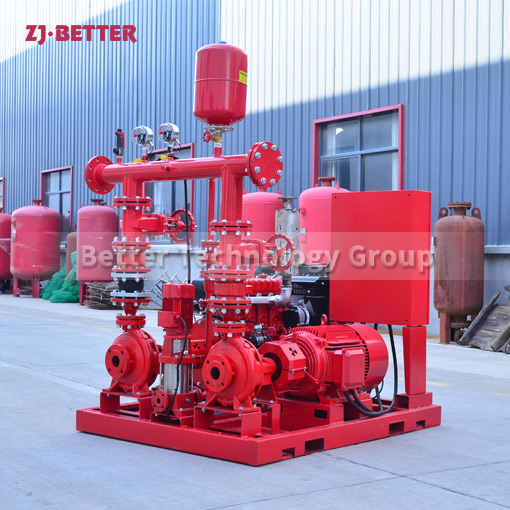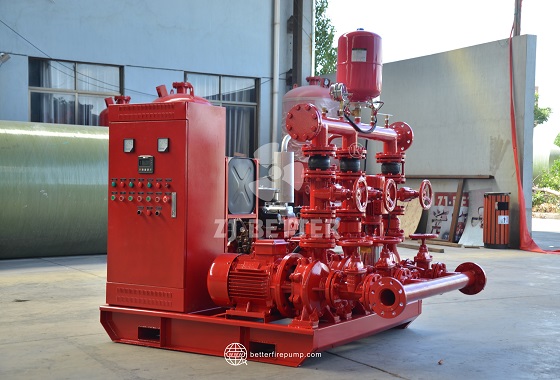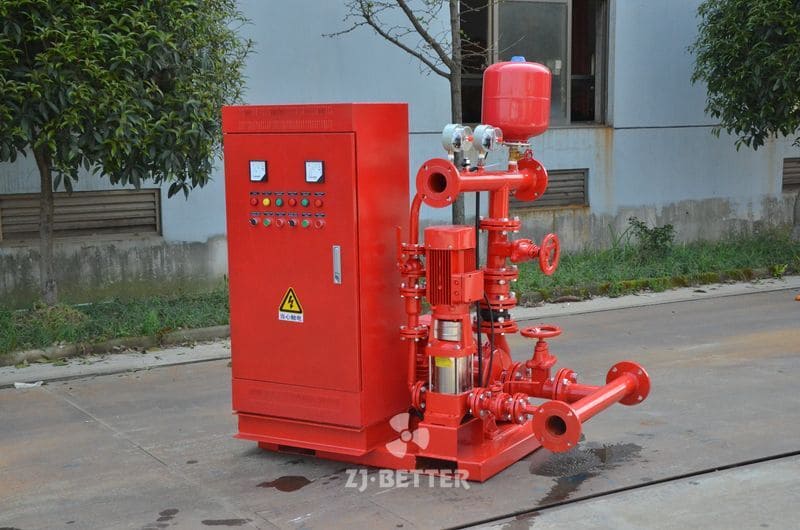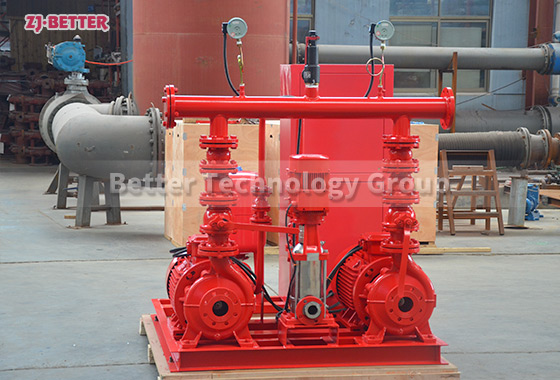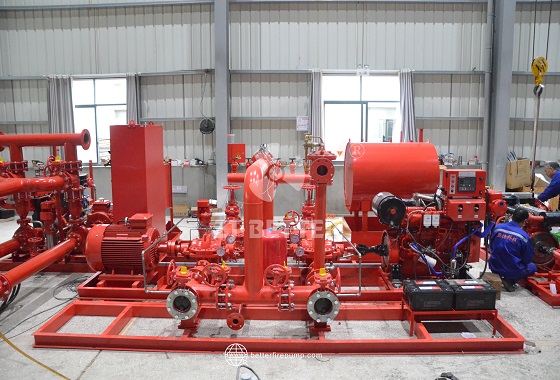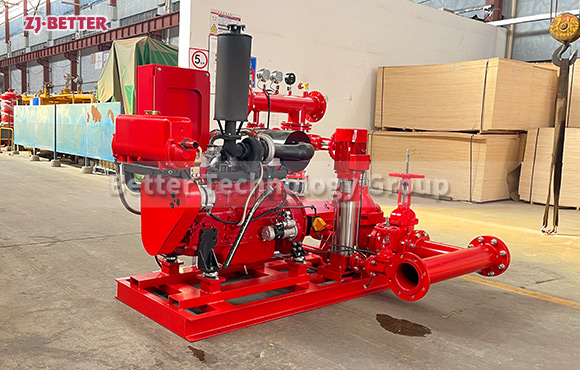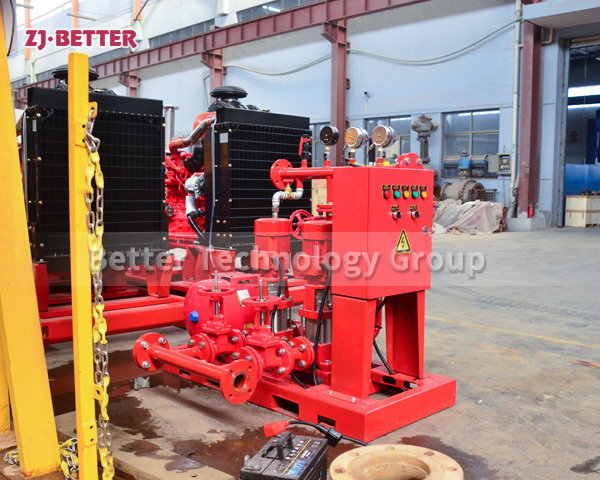Compact Powerhouse: Discover EDJ Fire Pumps
1.Flow:30-9000 GPM
2.Head: 3-20 Bar (40-300 psi)
3.Power:Diesel & Electric Pump:1.5-710kw Jockey Pump:0.55-160kw
4.Speed:740-2900 r/min
The EDJ Fire Pump Set includes diesel engine pumps, electric pumps and jockey pumps.
In various fields, our products find applications in large hotels, hospitals, schools, office buildings, supermarkets, commercial residences, subway stations, train stations, airports, various transportation tunnels, petrochemical plants, thermal power plants,oil storage tanks, large warehouses, industrial and mining enterprises, seawater injection, etc.
Types of pumps used for fire service include: End Suction Pump, Split Case Pump, Vertical Inline Pump and Vertical Turbine Pump.
1. Electric motor driven pump, can use single stage pump, horizontal split case pump, end suction pump,multistage pump.
2.Diesel engine pump, with capacity and head equal to electric pump, with fuel tank, water tank, fan,control box.
3. Jockey pump, horizontal or vertical, capacity will be small, but head should be higher than electric and diesel engine pump.
4. Control panel: Auto Control of electric pump, diesel engine pump and Jockey Pump with overload, over current protection.
Whether you are part of a fire department, an industrial facility, a construction site, or a rural area, the EDJ Fire Pump Set is an indispensable firefighting asset. Count on the EDJ Fire Pump Set to provide reliable support and swift containment of fires!

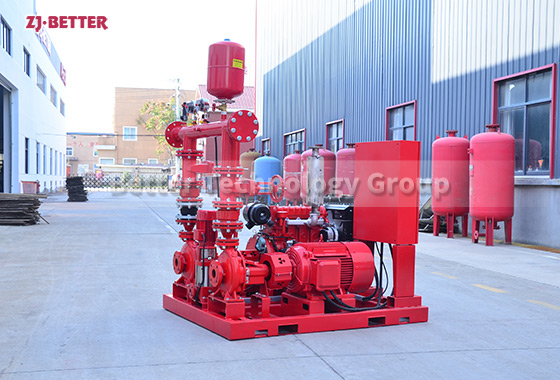
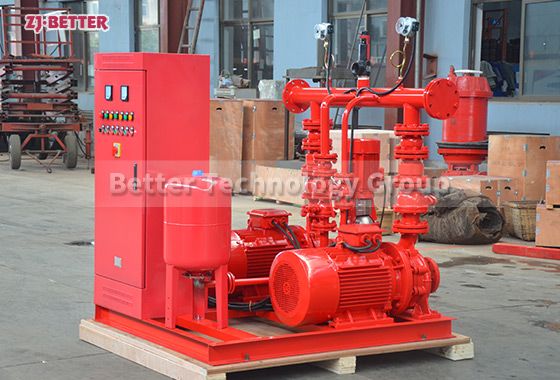
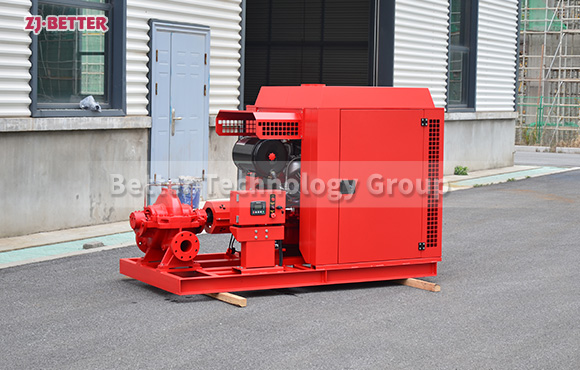
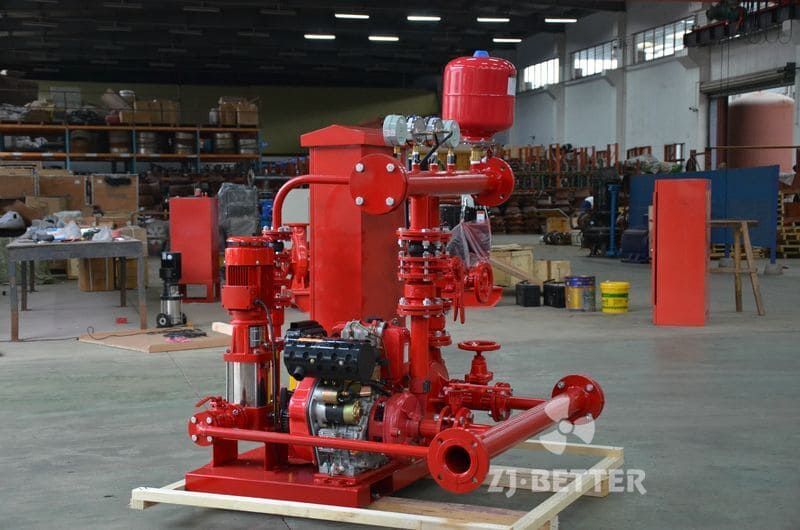
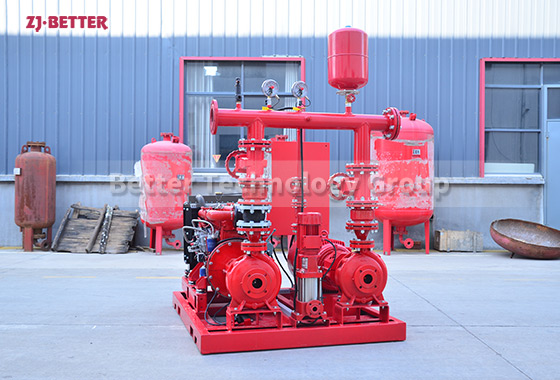
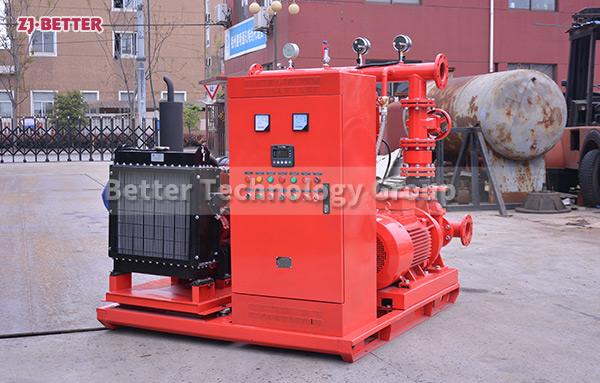

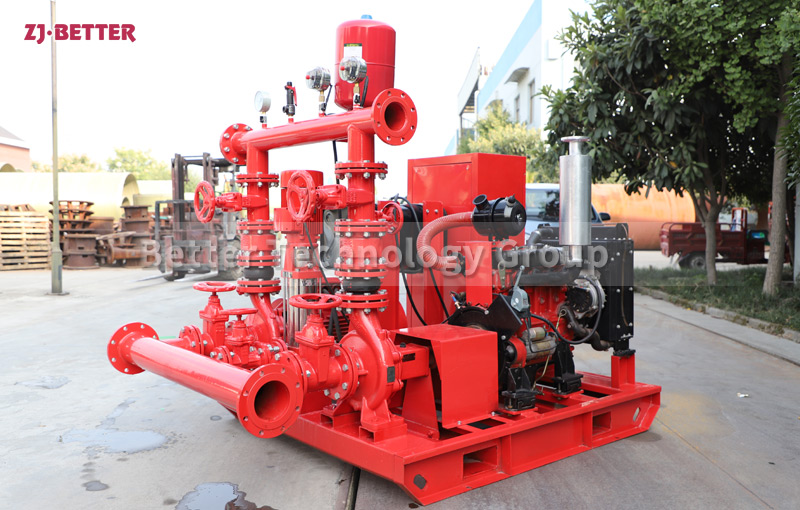
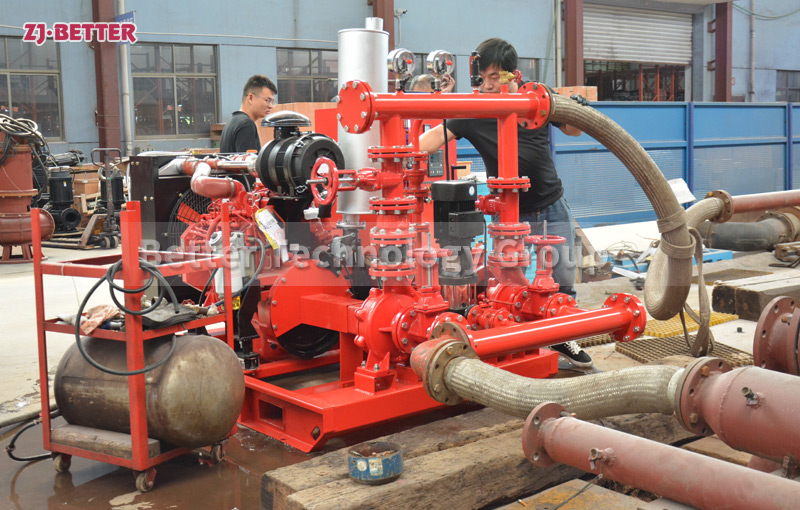
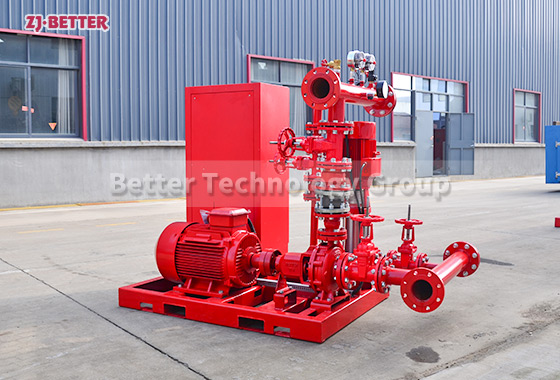

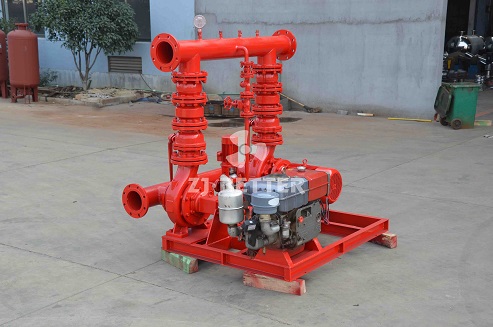
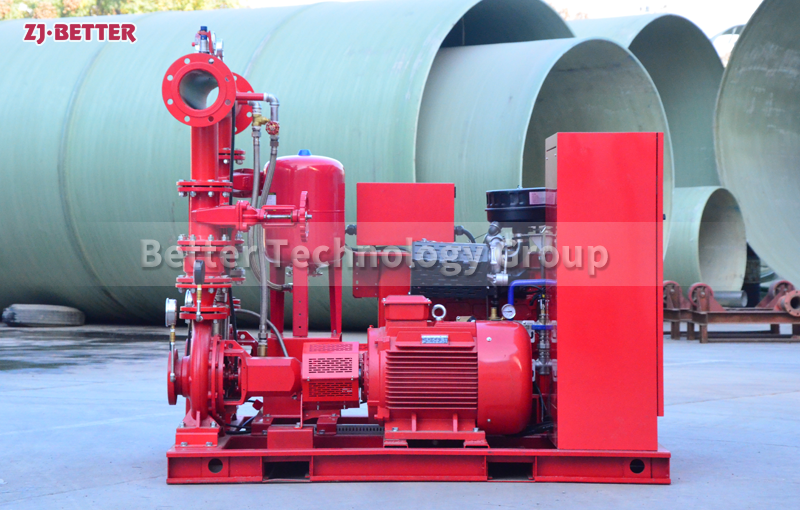
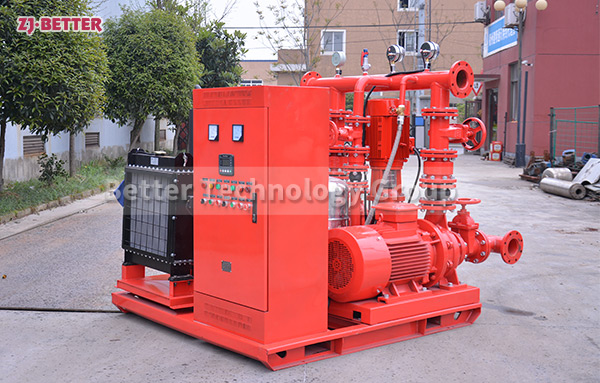
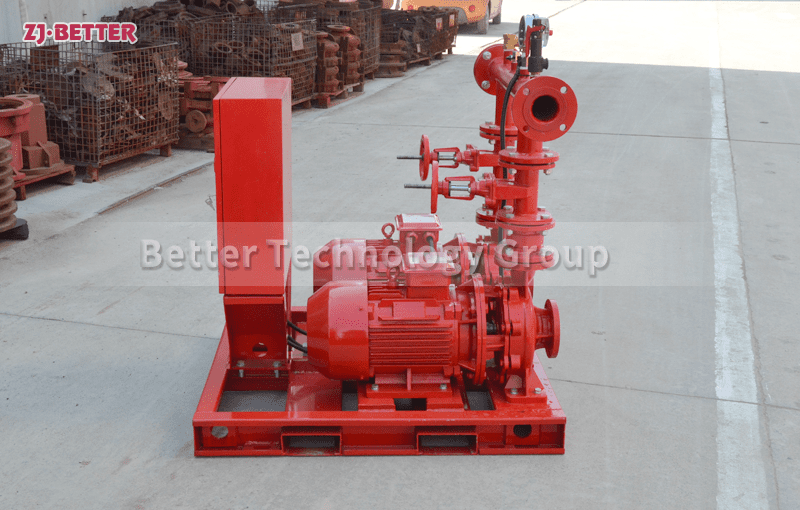
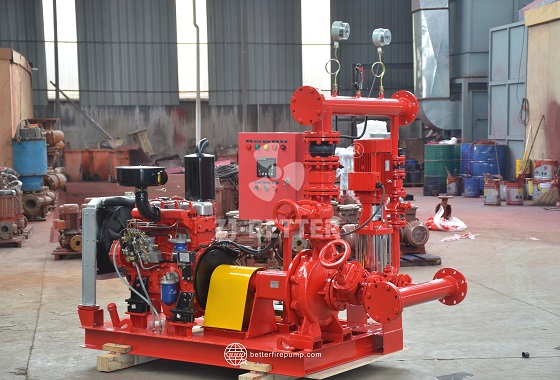


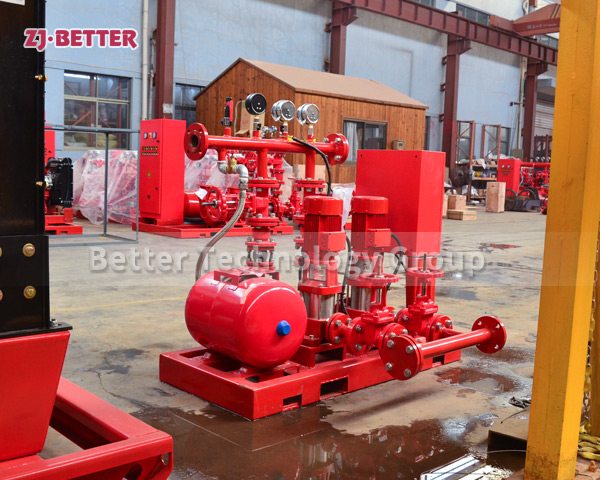
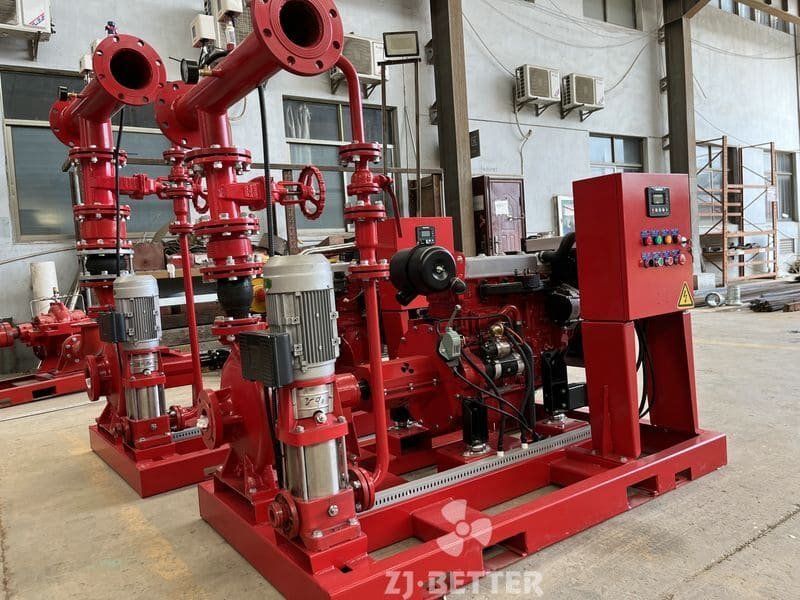
.jpg)
